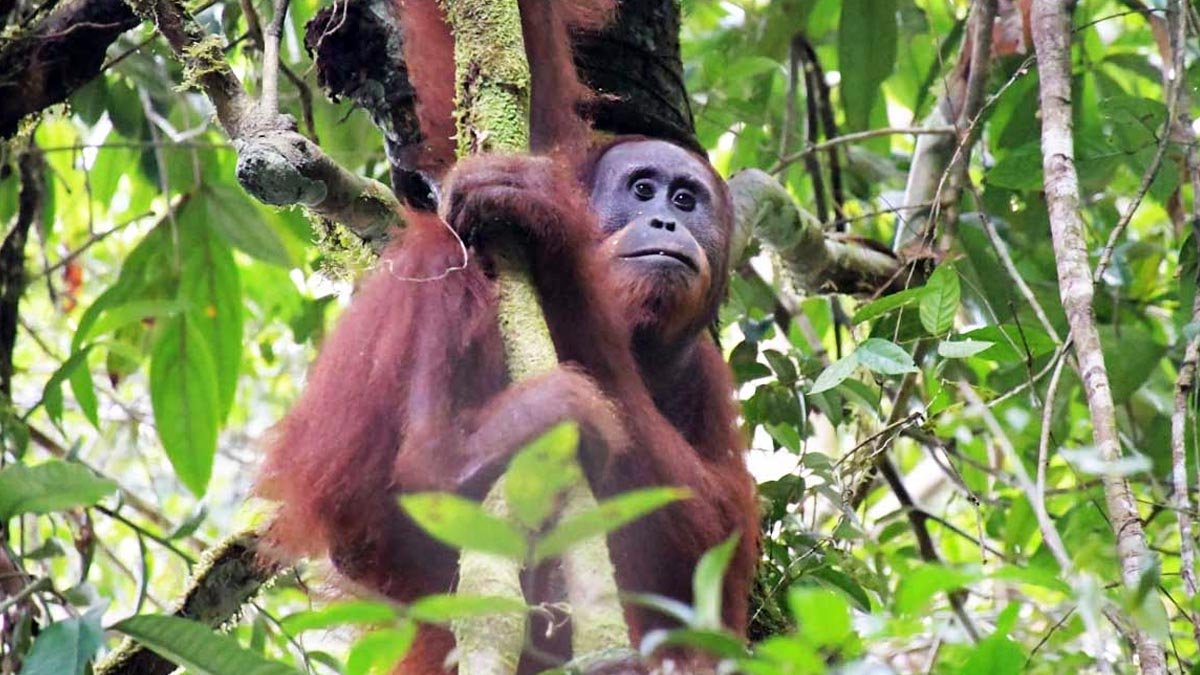PALMOILMAGAZINE, BALI – The presence of orangutans in oil palm plantations often raises concerns among farmers due to fears of crop damage. However, recent research suggests that their impact is much smaller than previously believed.
Mark Ancrenaz, Scientific Researcher at the Sabah Wildlife Department, discussed orangutan behavior and their adaptation to oil palm landscapes at the International Conference on Oil Palm and Environment (ICOPE) Series 2025 Day 2, held at Bali Beach Convention on Thursday (Feb 13, 2025).
“When I first worked in Borneo 25 years ago, scientists believed that orangutans could only survive in primary forests,” Ancrenaz stated, as reported by Palmoilmagazine.com. However, studies over time have proven that orangutans can adapt and survive in secondary forests and even within oil palm plantations. “We wanted to understand why they exhibit this behavior,” he added.
Also Read:
Orangutans often enter plantations in search of food, such as young palm fronds, but studies indicate their presence does not cause significant damage. “The disturbance they create is actually very minimal,” Ancrenaz explained.
Over the past two years, researchers have studied orangutan interactions with oil palm plantations. One key finding revealed that plantation yields remain unchanged whether orangutans are present or not, suggesting that orangutans and humans can coexist without reducing agricultural productivity.
Ancrenaz emphasized that coexistence is a better approach than capturing and relocating orangutans. “More than 1,000 orangutans live healthily within oil palm plantations. If relocated, they face higher risks of disease and stress, and many do not survive,” he warned.
As a solution, he suggested creating more resilient landscapes to support long-term ecosystem sustainability. “Every 25 years, replanting is necessary, presenting an opportunity to design better environments for both orangutans and humans,” he stated. With over 300,000 hectares of land scheduled for replanting in the coming years, there is a crucial opportunity to balance conservation and agriculture.
“If we can create a safe environment for orangutans, their aggression levels will decrease,” Ancrenaz concluded. (P2)
